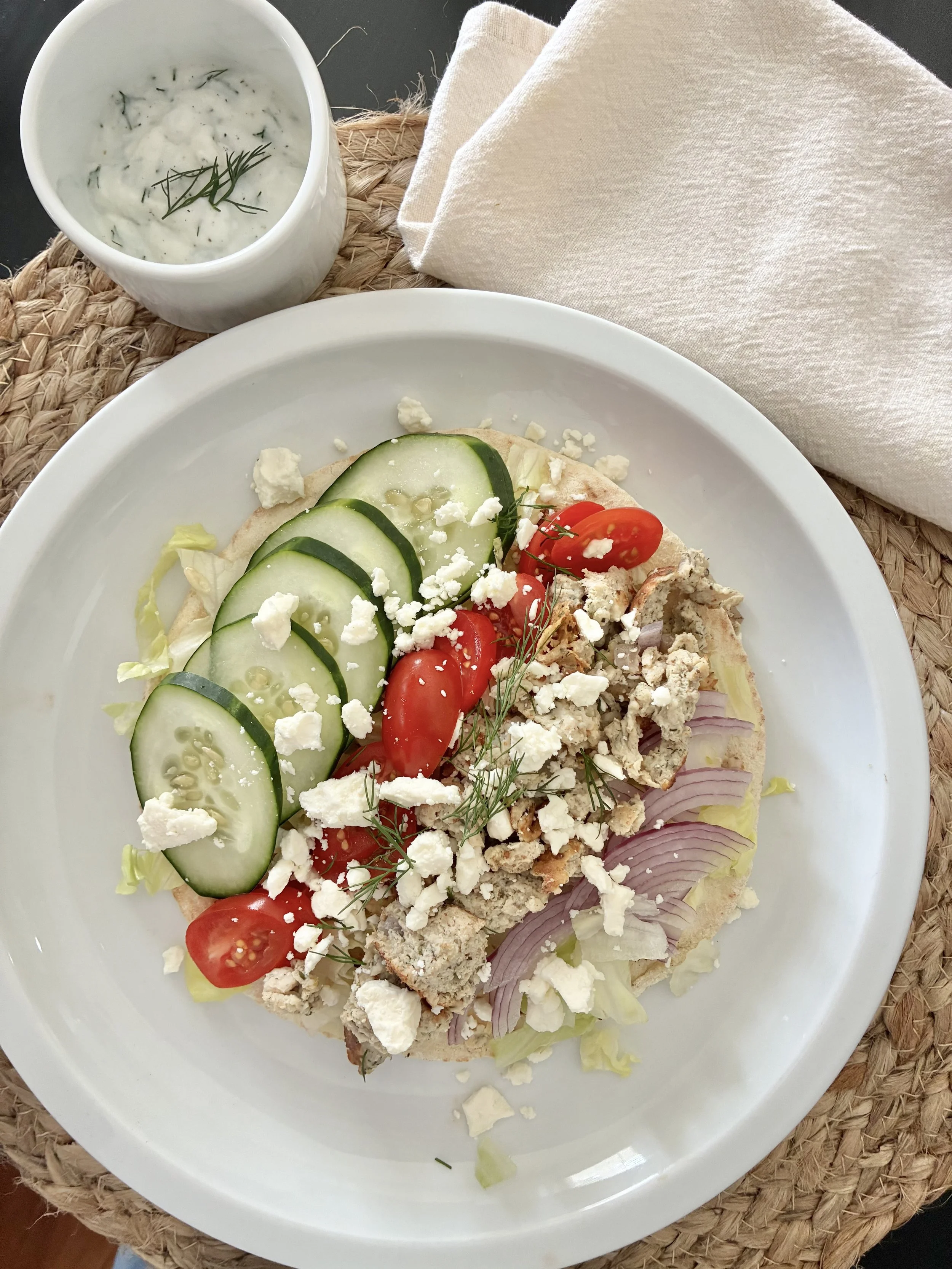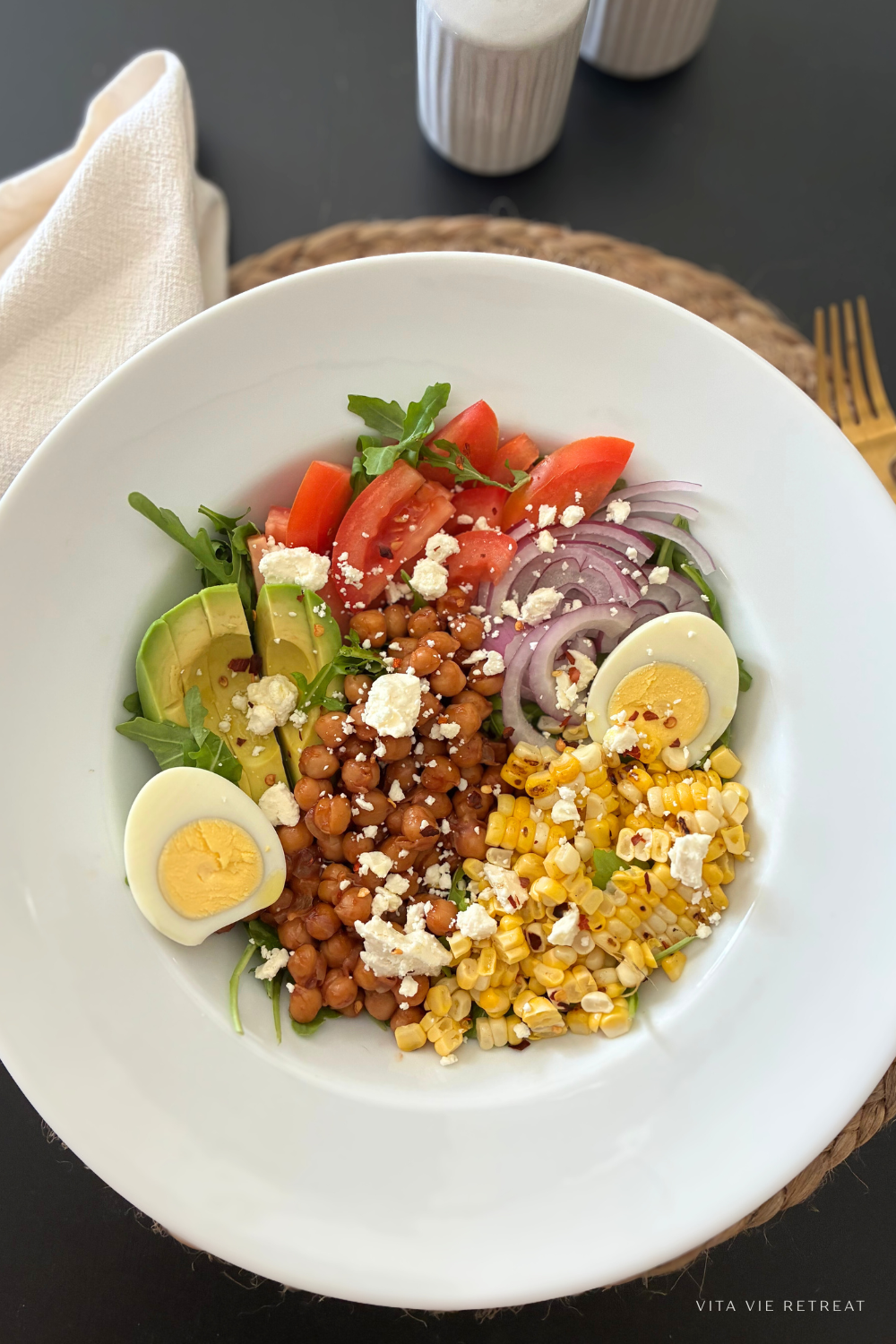Goal Setting For Weight Loss
/HOW TO SET WEIGHT LOSS GOALS
I can’t tell you how many people I see on a weekly, monthly, yearly basis that want to lose weight. It’s my job, it’s my life and it’s my mission to help them succeed. There is probably nothing more rewarding in my career than when someone tells me I made an impact on their weight loss journey.
Yet, one thing I’ve come to realize is that many people set a weight loss goal but they don’t know exactly how to get there or how to execute that goal. Guests of our fitness retreat are generally looking for a quick refresh and a plan to take home with them. Whether someone wants to lose 10, 15 or 40 pounds, the question is how will they achieve the goal?
Changing our bodies and our health takes time. And when we’re pressuring ourselves to see changes quickly, it’s easy to get impatient. It’s so easy to convince yourself that you’re making no progress at all at times. And it’s even easier if you don’t have a good measuring system to track the results from all of your efforts. So, I’ve listed my tips below to goal setting for your weight loss goals below.
5 STEP PLAN – GOAL SETTING FOR WEIGHT LOSS
1. Establish Your Goal/s – This might be pretty obvious but what is your ultimate or overall weight loss goal? Write it down or type it into your phone in a place that you can easily reference it.
2. Write Down WHY – Why do you want to lose weight? What is it about weight loss that you want?
Will you feel better about yourself when you look in the mirror?
Do you want to be more mobile for your kids as they grow up?
Are you wanting to lose weight for health reasons?
Do you want more energy?
Anchoring yourself to the actual reason WHY you want to lose weight will make the goal much more substantial. Starting with a good journal will help you along the way as well.
3. Get Specific – Specific goals mean naming exactly what it is that you want to accomplish and in what kind of time frame. Here’s an example of how to get specific…
GOAL: I want to lose 15 pounds.
MORE SPECIFIC GOAL: I want to lose 15 lbs in 4 months. With this, you have a specific goal, plus a timeframe – a start date and an end date.
MOST SPECIFIC GOAL: I want to lose 15 lbs in 4 months and my first short term goal is to lose 3 lbs in the next two weeks. With this type of goal setting, you’ve established your main goal, set a short term goal and have a start date and an end date. Setting short term goals along the way allows you to accomplish smaller goals in shorter increments. It reinforces that you’re making progress and keeps you motivated in reaching your ultimate weight loss goal.
Timeframes should be realistic. Losing 10 pounds in one month isn’t realistic. Does it happen to some people? Yes, of course. Is it a realistic expectation for long term results? No. Don’t set yourself up for disappointment or failure. Weight loss of 1 – 2 pounds (maximum) per week is realistic and healthy.
4. One Step At A Time – Changing everything all at once is usually a recipe for disaster. Often times we decide we want to lose weight and it’s off to the races. We want to change our lives right here, right now. Most of the time, that doesn’t work.
Too much change at once can actually be a bad thing. So take one step at a time when it comes to weight loss.
Instead, determine one or two small habits that you can do now to help you reach your goal. Examples:
Will you start exercising more? Maybe you commit to exercising and moving your body 3 times each week.
Are you eating too much? Maybe you decide to use portion control and focus on that for the time being.
Does your diet lack in colorful fruits and vegetables? Adding in color at 2 out of 3 meals may be a good habit to start with.
Are you drinking enough water? Deciding to fully hydrate yourself on a regular basis could be a good habit to practice for you.
Tip: Pick one or two habits that you know you can do RIGHT NOW. Don’t ask yourself to do something that you aren’t capable of doing. If working out 5 times per week isn’t going to work, then what will? Of course, sometimes you have to make time for the actions that will help you reach your goals but make sure you choose to work on habits that you know you can do. Not only is it being realistic but you’ll also feel a sense of accomplishment when you can actually complete habits rather than fail at them.
5. Track Your Results – There are many ways to track results and you should choose the best method for you. One of the biggest pitfalls to weight loss goals is when people have no developed tracking system. Track measurements bi-weekly. This gives you enough time to allow for changes to happen. Tracking your key measurements will show you where progress is happening and can also show you if progress is not happening. In either case, you’ll know to stay the course or make changes. Both are important to know in order to continue on the path to success and your goals. Here are a few measurements that we recommend you track (choose one or all):
Body weight – Track your weight with a reliable scale. If you’re choosing body weigh as a measurement, we HIGHLY encourage you to take measurements as well. Body weight only gives you one indication as to how your body changes but gives no insight into lean mass and or fat mass. Measurements will do that for you. So please track measurements or use an article of clothing in conjunction with body weight.
Body measurements – shoulders, chest, waist, hips, both thighs, both upper arms. *Make sure to note where you measured so that you can measure in the same place each time. Using a MyoTape body tape measure will ensure you get the same amount of pressure for each measurement.
Body composition – we encourage you to have your body composition assessed using either calipers, bod pod, hydrostatic weighing, high quality body fat scale or another reliable source of testing for body composition.
Clothing – choose an article of clothing that is fitted such as jeans, a suit or a structured dress. Using an article of clothing can be a great indicator for body commotion change and strictly weight loss change. For weeks where you don’t see the scale move as much as you’d like, often times your jeans might fit better because you gained a little muscle and lost some fat. For people that don’t like to see numbers, using an article of clothing is a great way to measure. Track how they fit, if they were looser in the things, the seat or the waist. That way you’re not just saying “my jeans fit better” but you’ll know how they fit better.
Athletic performance measures – strength, speed, power, endurance. Pick a specific movement or set of movements and track your progress over time. Weight loss can have a massive impact on how you move, your flexibility, power and speed. So if you’re wanting to lose weight for a sport, track how it’s improving your performance.
Blood variables – cholesterol, blood sugar, blood pressure, etc. If you’re trying to improve your health, these markers may give you an indication if you’re heading in the right direction.
Day to day habits - it’s a great idea to track what you’re eating, your stress levels, mood and the actions you’re taking to reach your goals. This helps establish a map so you can go back and look to see what’s working for you and what isn’t.
Weight Loss Goal Setting Summary
In summary, the five steps to setting and being able to achieve weight loss goals are:
Set your overall goal.
Establish why – anchor yourself to the goal.
Get specific about your goal, timeframe and short terms goals.
Choose one or two habits to start with.
Measure your progress.
**If you’ve already gone through the steps above and you’ve stuck to your plan and goal for longer than 6 weeks without change, check out our post on How To Break A Weight Loss Plateau.
Losing weight is a journey. No matter your reason, setting your goal and tracking your results will provide the structure you need to reach your goal. It also provides some accountability within yourself to your goal. Someone once said “A goal without a plan is just a wish.” I couldn’t agree more with that statement.
Have a plan! Tracking your results also provides you with valuable information and insight into what’s working and what isn’t. Remember WHY you wanted to lose weight and don’t lose sight of the end goal.
Keep Going: Your Next Steps
Want to dive deeper? Here are a few resources to keep the momentum going:
📌 Related Posts
✓ Done-for-You Guides
High Protein Recipe Bundle → over 150 recipes
Mediterranean Diet Refresh → complete program for weight loss & improved gut health
SAY HELLO TO HEALTHY WEIGHT LOSS WITH THE MEDITERRANEaN DIET REFRESH
One of our most complete programs, the Mediterranean Diet is touted as one of the healthiest in the world. It’s naturally anti-inflammatory and promotes a balanced lifestyle that you can live with for good. With our program, you’ll enjoy:
9 week guided journey
Over 200+ recipes
Done-for-you meal plans
Weight loss guidance
Customization for your own lifestyle
Progress tracking & more!
Get the Mediterranean Diet Refresh today!






















